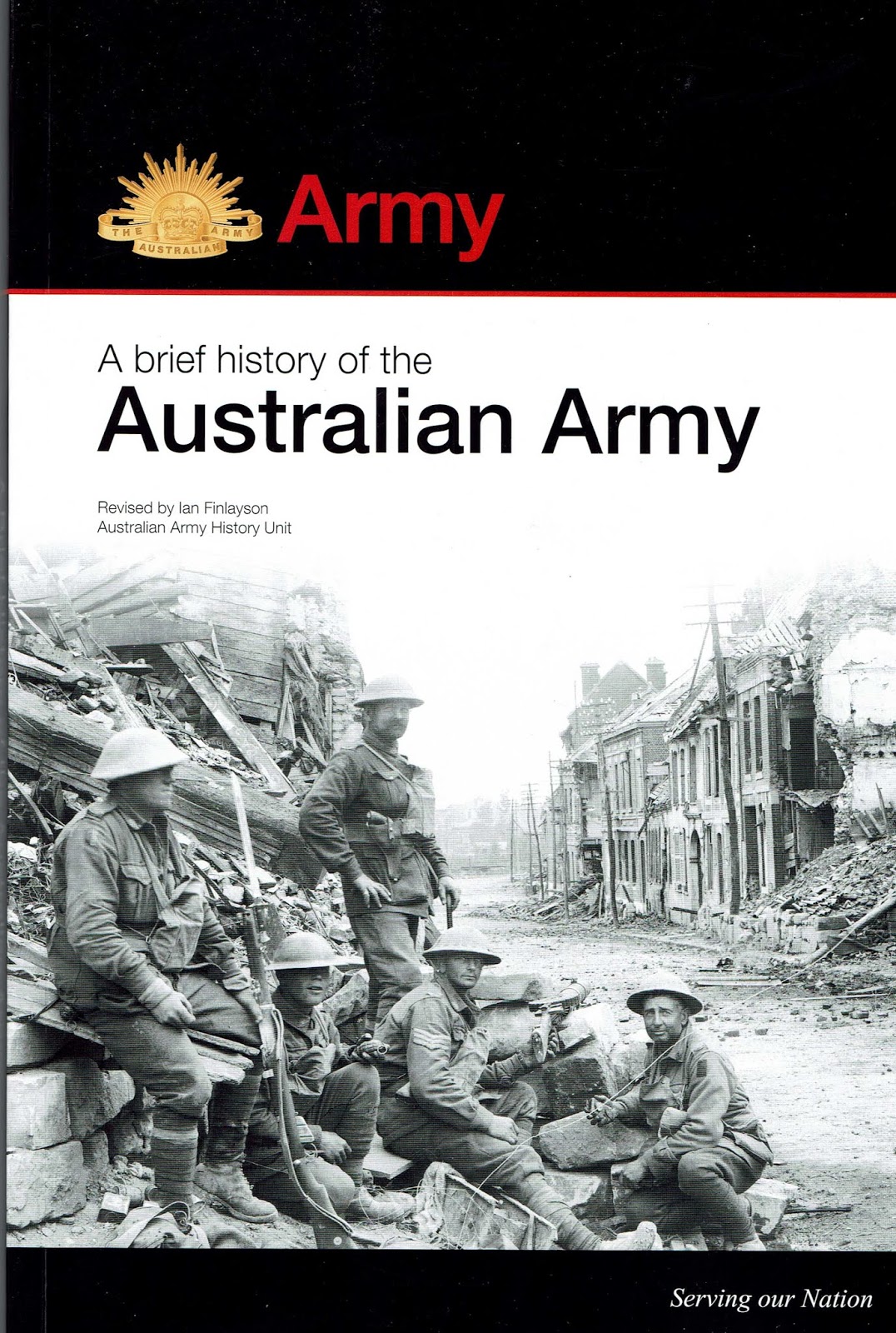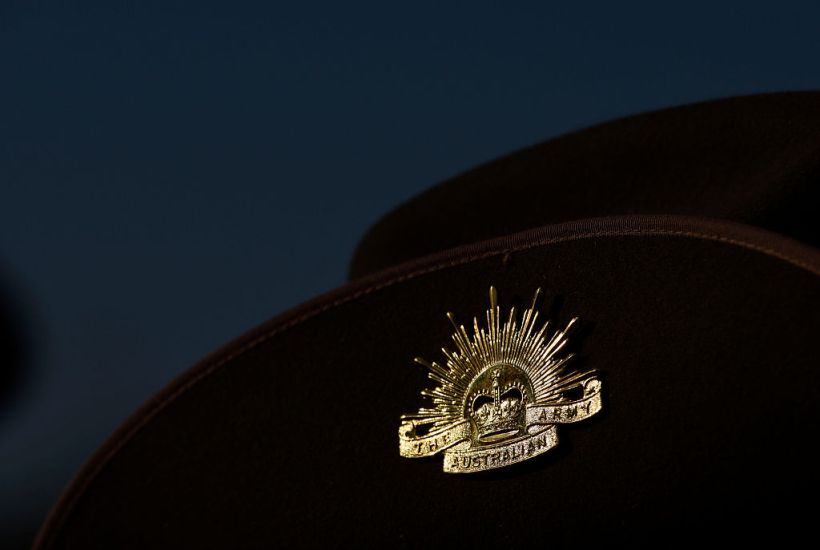The Australian Army commemorates March 1, 1901, as its official foundation date.
This day had particular military significance in South Africa, where volunteer colonial state militia were fighting what is described as The Second Boer War.
It has also been described as the Anglo-Boer War, the Boer War, the South African War, though Afrikaners described it as the Second War of Independence.
The 1973 Arab-Israeli war was termed the Yom Kippur War by Israel and the War of Ramadan by its Arab opponents.
To victors go the spoils when naming conflicts, though historical revisionists manage to get a look in as well.
Since 1986 the Australian Army has published a glossy publication, A Brief History of the Australian Army, which is now in its fifth edition.
The first edition was authored by the late Brigadier Maurice Austin, DSO OBE, appointed army historian on his discharge in 1971.
“Bunny” Austin had many distinctions.
A 1938 Duntroon graduate, in 1940 before deploying to the Middle East he married Enid Veronica Lyons, the 10th of former Prime Minister Joe and Dame Enid Lyons’ 12 children.
While commanding 2RAR in 1952, Austin was suddenly reposted to lead 1RAR in Korea, earning him a DSO.
He was later Canungra commandant and as Deputy Adjutant General in 1965 (now Director General Personnel) was given the task of explaining the Defence Force Retirement and Death Benefits Scheme to the soldiery.
He would be appalled at how those promises have since evolved.
A passionate military historian, the official role was a gift despite his failing health.
Though Austin died in 1985, the original publication was a posthumous testament to his deep understanding of, and commitment to Australia’s military history.
He was one of those rare individuals who lived a significant part of the army’s history who then had the opportunity to chronicle it.
He would be bitterly disappointed with the latest edition, which now devotes its first chapter to “European Settlement and the Aboriginal Resistance 1788-1920”.
Pardon, run that by again?
 There are instances when both colonial militia and the post-World War II Australian Army were misused for political purposes. In 1891 Queensland Defence Force mounted infantry militiamen, colonial troops under the command of Lieutenant Harry Chauvel, intervened in a shearers’ strike in western Queensland.
There are instances when both colonial militia and the post-World War II Australian Army were misused for political purposes. In 1891 Queensland Defence Force mounted infantry militiamen, colonial troops under the command of Lieutenant Harry Chauvel, intervened in a shearers’ strike in western Queensland.
Chauvel, who was promoted general at the end of World War I, remains an important part of Australian Army history.
In 1949, Labor prime minister Ben Chifley ordered the Australian Army to end a coal miners’ strike, using soldiers to recommence mining, forcing miners’ unions to capitulate.
Both events were excessive government responses to legitimate grievances.
While the former intervention is mentioned in the brief history, the 1949 events are ignored.
However engaging in so-called frontier wars against Aboriginal resistance, as the current brief history edition claims, were never part of our army’s history.
Yet again the politically correct Canberra-based social warriors are rewriting history to suit their own agendas.
The Australian Army’s proud record since 1901 should be freed of such slurs.
This piece is reproduced with permission of The Townsville Bulletin, to which Ross Eastgate contributes a weekly defence column. He blogs at Targets Down.
Got something to add? Join the discussion and comment below.
Got something to add? Join the discussion and comment below.
Get 10 issues for just $10
Subscribe to The Spectator Australia today for the next 10 magazine issues, plus full online access, for just $10.


























Comments
Don't miss out
Join the conversation with other Spectator Australia readers. Subscribe to leave a comment.
SUBSCRIBEAlready a subscriber? Log in